The ancient world and the Baroque era seem worlds apart, but their religious architecture actually shares some fascinating connections. When I wander through Italy or Spain, I can’t help but notice how the simple, balanced forms of Greek temples morphed into the dramatic, ornate Baroque cathedrals that now dominate so many European skylines.
These two styles show off totally different approaches to sacred space—one is all about harmony and mathematical proportion, while the other just dives into theatrical emotion and visual drama.
Greek temples started as humble mud-brick buildings and grew into grand marble monuments lined with colonnades and precise proportions. Baroque architecture, on the other hand, burst onto the scene in late 16th-century Rome as the Catholic Church’s artistic answer to the Protestant Reformation.
I’ve always found it fascinating how Baroque architects borrowed Renaissance elements—those already inspired by Greek and Roman forms—and spun them into something way more emotional and dynamic.
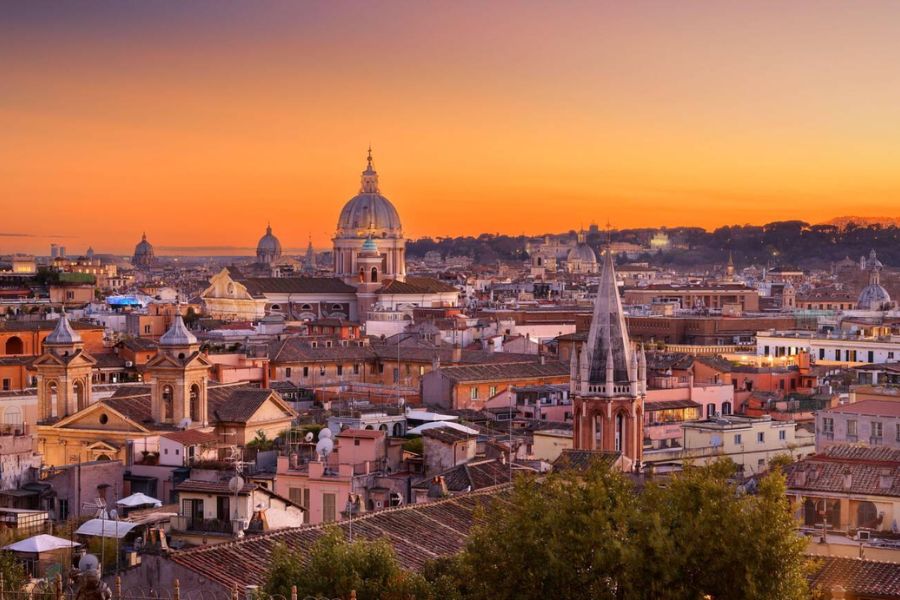
Walking through these spaces now feels like time-traveling through architectural history. Inside Greek temples, I sense mathematical perfection and a calm balance. In Baroque cathedrals, the swirling columns, gold details, and dramatic light just overwhelm me.
Both styles tried to connect people with the divine, but they took wildly different paths with space, light, and decoration.
Origins Of Greek Temples: Foundations Of Grandeur
Greek temples really stand as some of history’s most influential architectural feats, blending mathematical precision with artistic beauty. These structures started simple and eventually set the standard for classical design.
Defining Elements Of Greek Architecture
Greek architecture found its unique character between the 10th and 7th centuries BCE. The temples usually had a rectangular floor plan and columns all around.
The columns came in three main styles: Doric (pretty straightforward and sturdy), Ionic (slender with those scroll-like tops), and Corinthian (the fancy ones with acanthus leaves).
I can’t help but admire the symmetry in these buildings. When I visited Greece, I noticed how architects used math to create visual harmony.
The colonnade—the line of evenly spaced columns—creates a rhythm that just pulls your eyes around the structure.
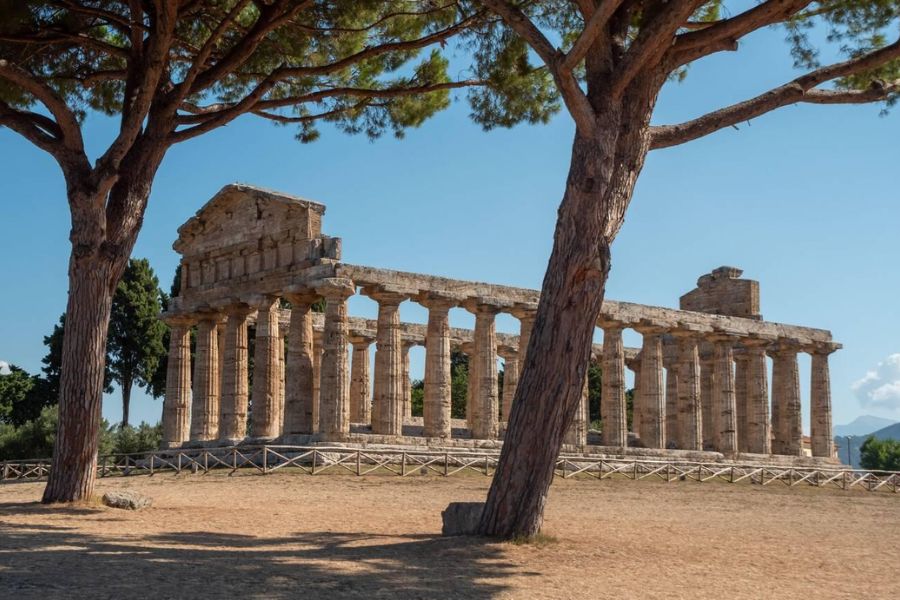
Most temples used marble, which gives them that glowing quality that changes as the sun moves. The marble wasn’t just for looks—it symbolized permanence and a kind of divine glory.
Symbolism And Religious Significance
Greek temples weren’t just pretty—they acted as homes for the gods. Each temple honored a specific deity, and its design reflected that god’s traits.
The entrance usually faced east, so the morning sun could light up the cult statue inside. Walking through these spaces, I can almost feel how the architecture nudged ancient worshippers toward reverence.
Temples sat on raised platforms (stylobates), setting them apart from the everyday world. Most religious rituals actually happened outside, while the building itself housed treasures and the statue of the deity.
Decorations weren’t just for show—they told stories. Pediments, friezes, and metopes displayed mythological scenes that reinforced cultural values and religious tales.
Notable Ancient Structures
The Parthenon in Athens is probably the most famous Greek temple. Built between 447-432 BCE, its subtle curves and optical tricks show off the Greeks’ engineering genius.
Walking around it, I realized the columns aren’t perfectly straight—they bulge slightly, and it’s oddly satisfying.
The Temple of Apollo at Delphi, perched on Mount Parnassus, shows how Greeks loved blending architecture with dramatic natural settings. The site still feels mystical.
The Temple of Zeus at Olympia once held one of the Seven Wonders of the Ancient World—a massive gold and ivory statue of Zeus. Even in ruins, its sheer size (64 meters long, 28 meters wide) is impressive.
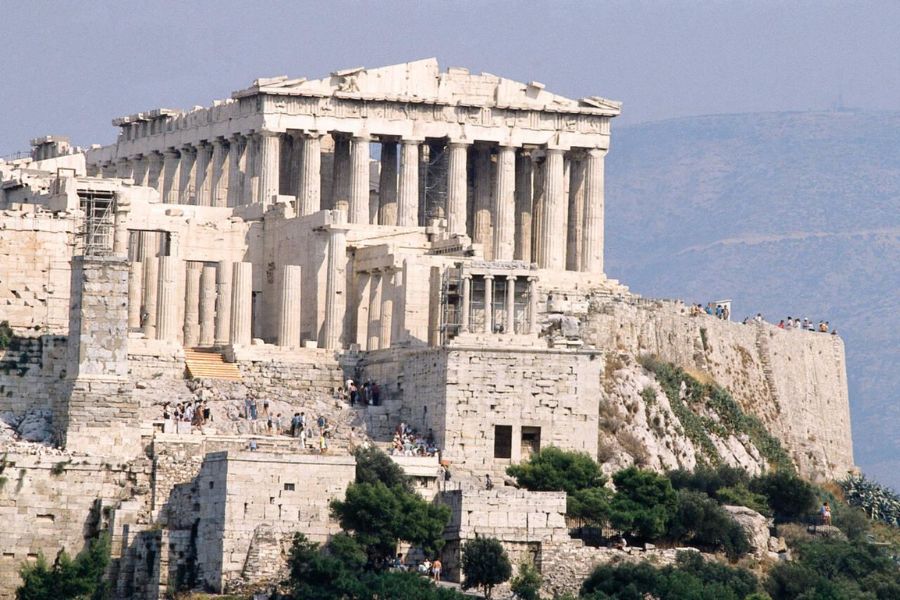
The Erechtheion on the Acropolis stands out for its Porch of the Caryatids, where female figures serve as columns. That design proves Greek architects knew how to mix tradition with a creative spark.
From Temples To Cathedrals: Transformations Across Empires
The journey from ancient Greek temples to ornate Baroque cathedrals stretches across centuries and layers of history. Each era left its own mark on sacred spaces, and the transformation reflects changing religious practices, shifting political powers, and evolving artistic tastes.
Roman Adaptations And Innovations
The Romans didn’t just copy Greek temple architecture—they transformed it with serious flair. I love how they took the Greek column styles—Doric, Ionic, Corinthian—and added their own touches. They really made it their own.
Romans brought in Etruscan influences, especially the rounded arch, which let them build larger, more flexible interiors than the Greeks ever could with their post-and-lintel system. That innovation changed everything for future religious buildings.
Whenever I’m in Rome, the Pantheon’s perfect dome and oculus always blow me away. It’s a great example of how Romans mixed Greek looks with groundbreaking engineering.
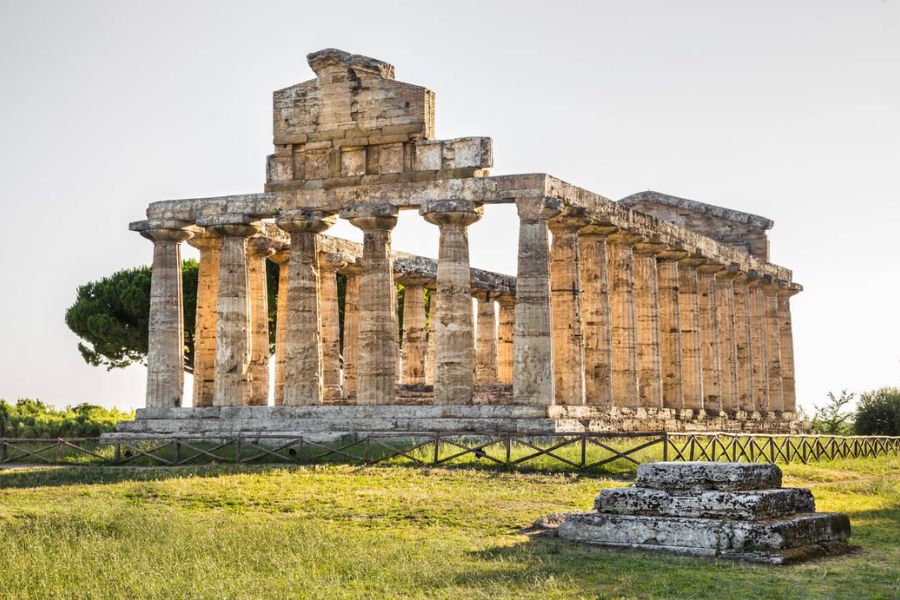
Their concrete skills made it possible to create massive domed spaces—something Greek builders never managed.
Colonnades became a signature Roman move, often wrapping around public spaces. I’ve wandered through Roman forums where these columned walkways create impressive, unified civic centers—foreshadowing later church designs.
The Evolution Toward Christian Spaces
As Christianity took hold in the late Roman Empire, architecture had to adapt. The basilica—originally a Roman public hall—got repurposed for Christian worship. Its long, rectangular shape worked perfectly for processions and big gatherings.
I’ve explored early Christian basilicas where the focus moved from the grand exteriors of Greek temples to lavish interior spaces. The emphasis on interior decoration really fit Christianity’s focus on community worship.
The Catholic Church stepped in as the main architectural patron during the Middle Ages, hanging onto some classical elements but adding new forms. Columns stuck around, but now they supported arches instead of straight beams.
By the Baroque era, these spaces had exploded into theatrical environments meant to awe and inspire. Whenever I stand inside a Baroque cathedral, I can’t help but marvel at how far we’ve come from the simplicity of Greek temples.
The highly decorative style that took over 16th-century Italy is basically the grand finale of architectural ideas developed over two thousand years.
Baroque Reimagining: Breathing New Life Into Ancient Forms
The leap from classical to Baroque architecture is one of the most dramatic shifts in art history. Baroque artists and architects didn’t just copy the ancients—they reimagined those old forms with a wild, theatrical energy.
Defining Baroque Architecture
Baroque architecture popped up in late 16th-century Italy, pushing back against the cool restraint of the Renaissance. What sets it apart is its sense of movement, drama, and raw emotion.
Whenever I visit Baroque churches like St. Peter’s Basilica in Rome, I get swept up by the overwhelming grandeur. The style uses curving lines, lavish decorations, and bold lighting effects to stir up strong feelings.
Baroque buildings love ornamentation—twisting columns, elaborate domes, and dramatic plays of light and shadow. Architects like Bernini and Borromini created spaces that almost seem to float, with ceilings that look like they’re opening up to the sky.
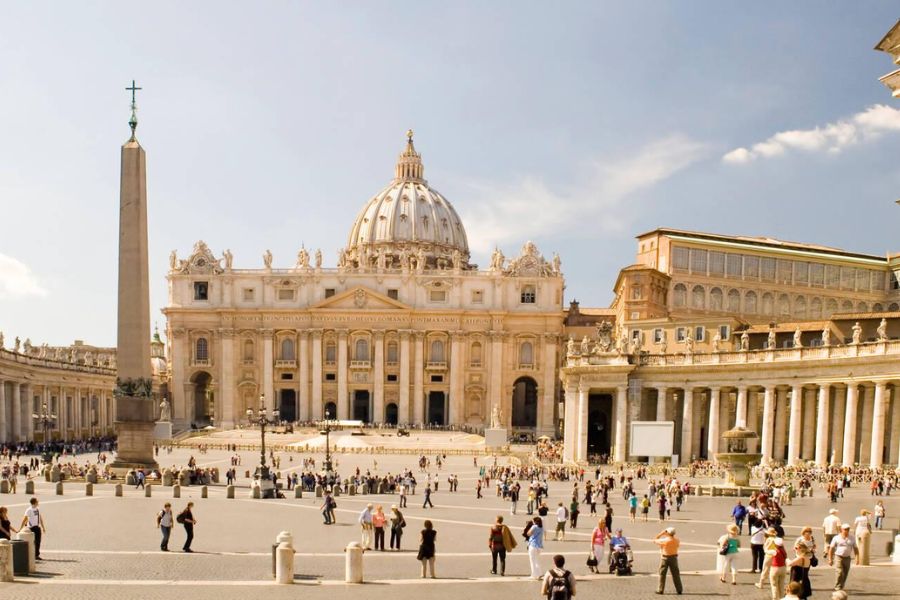
Baroque doesn’t chase balance and harmony the way Renaissance design did. Instead, it goes all-in on complexity and spectacle to leave you in awe.
Blending Classical And Baroque Styles
Baroque didn’t throw out classical architecture—it reinvented it. I’ve noticed Baroque architects kept classical features like columns and symmetry but gave them a whole new energy.
Classical temples were about harmony and clean proportion, while Baroque buildings bring in theatrical tricks. When I look at the Pantheon next to St. Peter’s, I see how Baroque architects took ancient forms and injected them with movement and feeling.
Columns got twisted and decorated. Pediments broke apart and curved instead of staying triangular. Straight lines gave way to dramatic curves and ovals.
This mix created something fresh but still connected to the past. The High Baroque period (around 1625–1675) really pushed this blend to the max, reimagining ancient Greek and Roman forms with emotional punch and over-the-top decoration.
Masterpieces Of Transformation: Notable Cathedrals And Artists
The transformation from ancient Greek temples to baroque cathedrals led to some of Europe’s most jaw-dropping buildings. These masterpieces show off the genius of artists who mixed classical elements with dramatic Baroque style.
Bernini’s Legacy And The Wonder Of Piazza Navona
The first time I stepped into Piazza Navona in Rome, Bernini’s Fountain of the Four Rivers stopped me in my tracks. This stunning Baroque piece sits right where an ancient Greek-inspired stadium once stood.
Gian Lorenzo Bernini, probably the greatest Baroque sculptor and architect, knew how to crank up theatrical expression. His work blends movement and emotion in ways that completely transform a space.
The Church of Sant’Agnese in Agone, looking over the piazza, is a textbook example of Baroque transformation. Its big dome and fancy façade replaced simpler classical buildings.
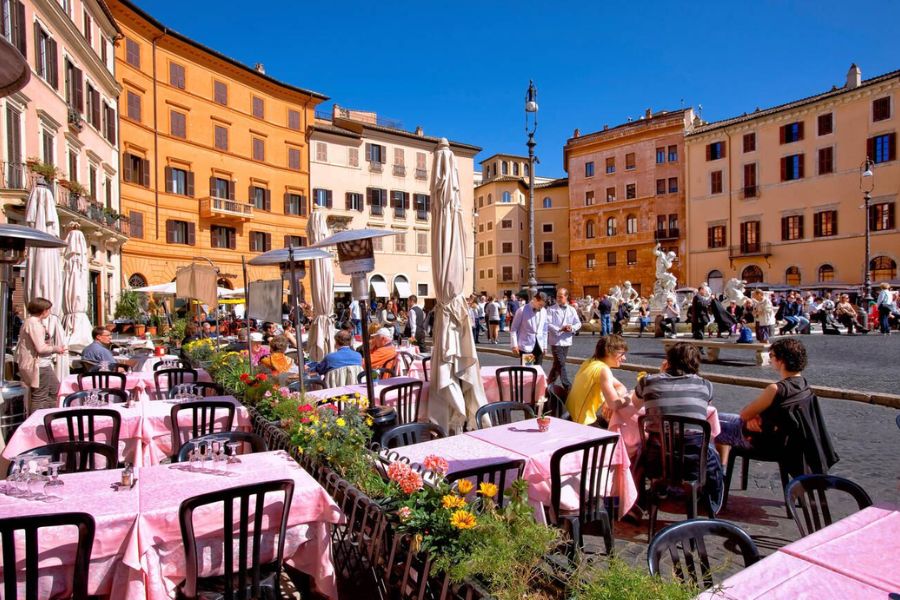
Inside, the dramatic lighting, rich materials, and dynamic sculptures create an atmosphere that feels miles away from the restrained beauty of Greek temples.
Michelangelo, Caravaggio, And Their Architectural Impact
Michelangelo’s work always amazes me, especially how he bridged the Renaissance and Baroque styles. His biggest architectural impact shows up in St. Peter’s Basilica, especially that incredible dome.
He used classical proportions but wasn’t afraid to add bold, dramatic twists. The dome itself is a perfect blend of ancient techniques and new vision.
Caravaggio, even though he’s known for painting, left a huge mark on Baroque architecture too. His bold contrasts of light and shadow (chiaroscuro) inspired architects to create interiors with the same kind of drama.
When I visit these spaces, I see how Baroque architects borrowed Caravaggio’s ideas—designing interiors where light almost pours from heaven. Curved walls, gold decorations, and theatrical ceiling frescoes pull you in, going far beyond what Greek temples ever did.
Naples: A Hub For Transformed Temples
Naples has some of my favorite examples of Greek-to-Baroque transformations. The city’s close ties to ancient Greek colonies made it a perfect spot for this architectural evolution.
The Cathedral of Naples (Duomo) actually sits on the site of two ancient temples dedicated to Apollo and Neptune. Its Baroque interior is full of stunning art, gilded ceilings, and the Royal Chapel of the Treasure of San Gennaro.
Naples’ Gesù Nuovo Church is another amazing case. It started as a Renaissance palace with classical touches, then got turned into a Baroque church with one of Italy’s most eye-catching façades.
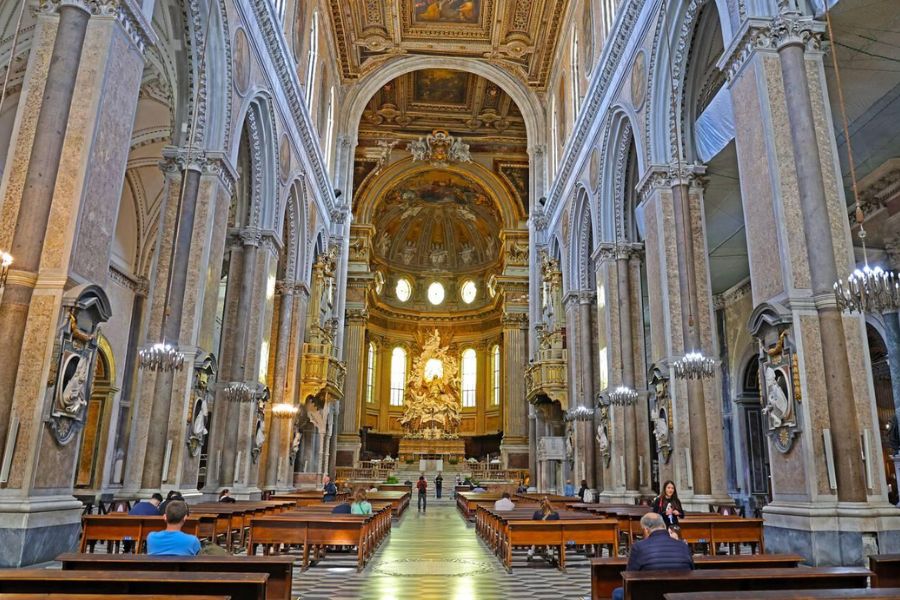
Walking through Naples’ historic center, I can trace the journey from ancient Greek simplicity to Baroque luxury in just a few blocks.
Legacy And Influence On Modern Architecture
The mix of Greek temples and Baroque cathedrals still shapes our buildings today. You can spot their influence all over modern architecture, from city halls to museums and beyond.
Enduring Architectural Elements In Today’s Designs
I keep noticing how columns, domes, and pediments from ancient Greek temples pop up everywhere in modern buildings. When I visit Washington D.C., I see government buildings proudly showing off these classical details.
The revival of these features isn’t just for looks—they signal permanence and authority.
Many architects today still use these timeless elements, but now they build them with glass, steel, and concrete. The sweeping arches and dramatic domes that once wowed in Baroque cathedrals now show up in shopping malls, hotels, and corporate HQs.
Louis XIV’s vision at Versailles, with its symmetry and grandeur, still inspires today’s luxury resorts and government buildings. I’ve seen how these touches give modern structures a sense of importance and a link to history.
Baroque Influence On Later Movements
I’ve traced how Baroque’s theatrical use of light, dramatic curves, and ornate decoration shaped so many later architectural movements.
The Neo-Baroque style popped up in the late 19th century and just ran with these elements, creating buildings that really hit you with their emotion and visual drama.
Whenever I wander through modern shopping centers or entertainment venues, I catch Baroque-inspired touches all over the place.
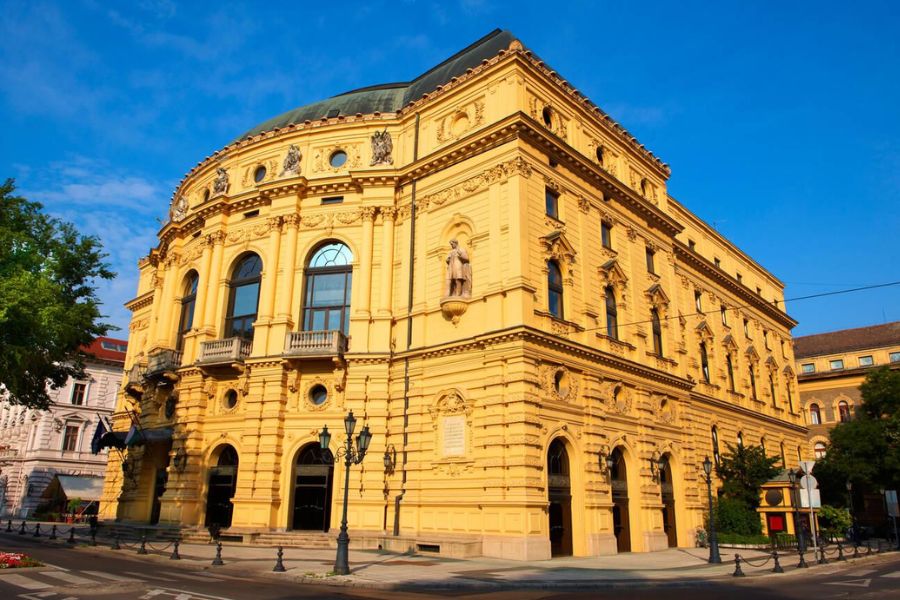
You’ll see things like:
- Grand, sweeping staircases
- Dramatic lighting effects
- Indoor water features that echo Baroque fountains
- Bold, curved façades
The Baroque drive to stir emotions through architecture definitely hasn’t gone away.
Today’s experiential design leans on those same principles, especially in spaces meant to wow and inspire.
Even some minimalist modern designs sneak in a single Baroque detail—a dramatic curve here or an ornate fixture there—just to shake things up in an otherwise simple space.

